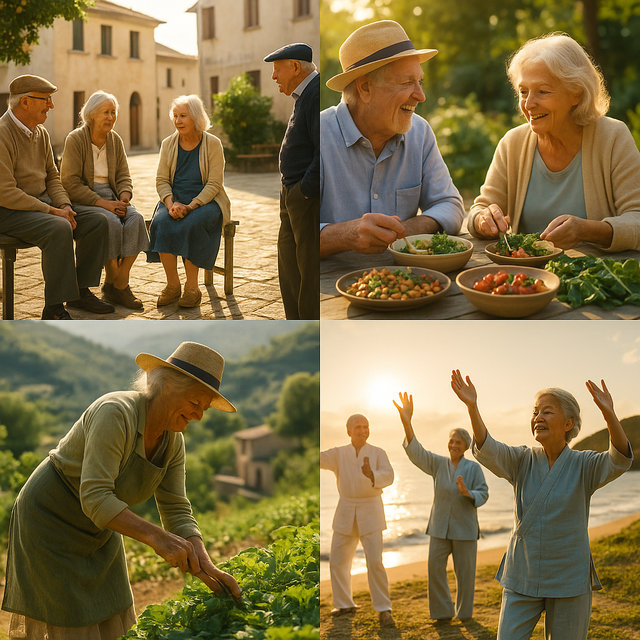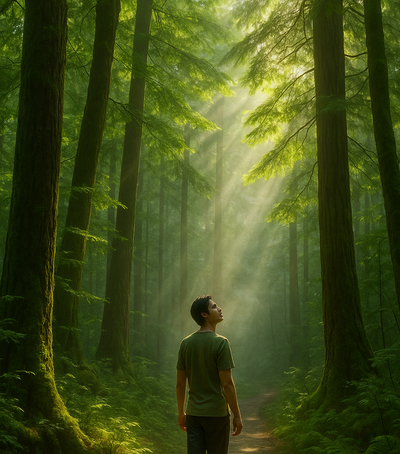
“Blue Zones” are regions of the world where people seem to have found the “formula” for extraordinary longevity. The concept was popularized by Dan Buettner and his collaborators, who identified five major areas where the percentage of centenarians is significantly higher than in any other country: Ogliastra in Sardinia, Okinawa in Japan, Ikaria in Greece, the Nicoya Peninsula in Costa Rica, and Loma Linda in California. However, attention is often focused on the first three because of their cultural heritage and the apparent influence of environmental factors and the Mediterranean diet.
According to studies, one of the biggest secrets to longevity is a largely plant-based diet. In Sardinia, traditional diets consist of beans, chickpeas, wheat porridge, and a limited amount of local cheese made from sheep without growth hormones. In Okinawa, the population focuses on green vegetables, tofu, and sweet potato roots, while red meat consumption is very rare. Ikaria offers the occasional glass of local wine along with salads with tomatoes, garlic, fresh parsley, and wild greens that grow nearby. In addition, the use of extra virgin olive oil, whole grain rice, and net-caught fish contributes to cardiovascular health.
Another key component is a strong social life. In Okinawa, the concept of “moai” involves small groups of friends who support each other from childhood to old age, sharing the stresses and joys of life. In Ikaria, casual daily conversations – at the market, at the café or at local festivals – create a sense of solidarity and conscience. In Sardinia, too, extended family and communal gatherings for religious holidays strengthen intergenerational bonds, providing emotional support and a sense of resilience.
Movement integrated into the daily routine is an integral part of these communities. Sardinians don't often go to the gym; they often walk to collect honey, cheese, or tend their plots. In Okinawa, small gardeners spend hours planting and harvesting their own food. In Ikaria, the mountainous terrain forces residents to climb unpaved roads every day, making every outing a natural workout.
The future of a long, healthy life can start with adopting some of these habits. Replace some of your meat with fruits and vegetables, pay attention to how you plan your meals—including more whole grains and legumes—and commit to spending some time each day outdoors. Cultivate deep friendships and rituals that keep you connected to your community, and find something that gives you meaning—whether it’s a hobby, a support group, or a volunteer project. By combining this diet, physical activity, and social connection, we too can get closer to the longevity secrets that the “Blue Zones” offer.





